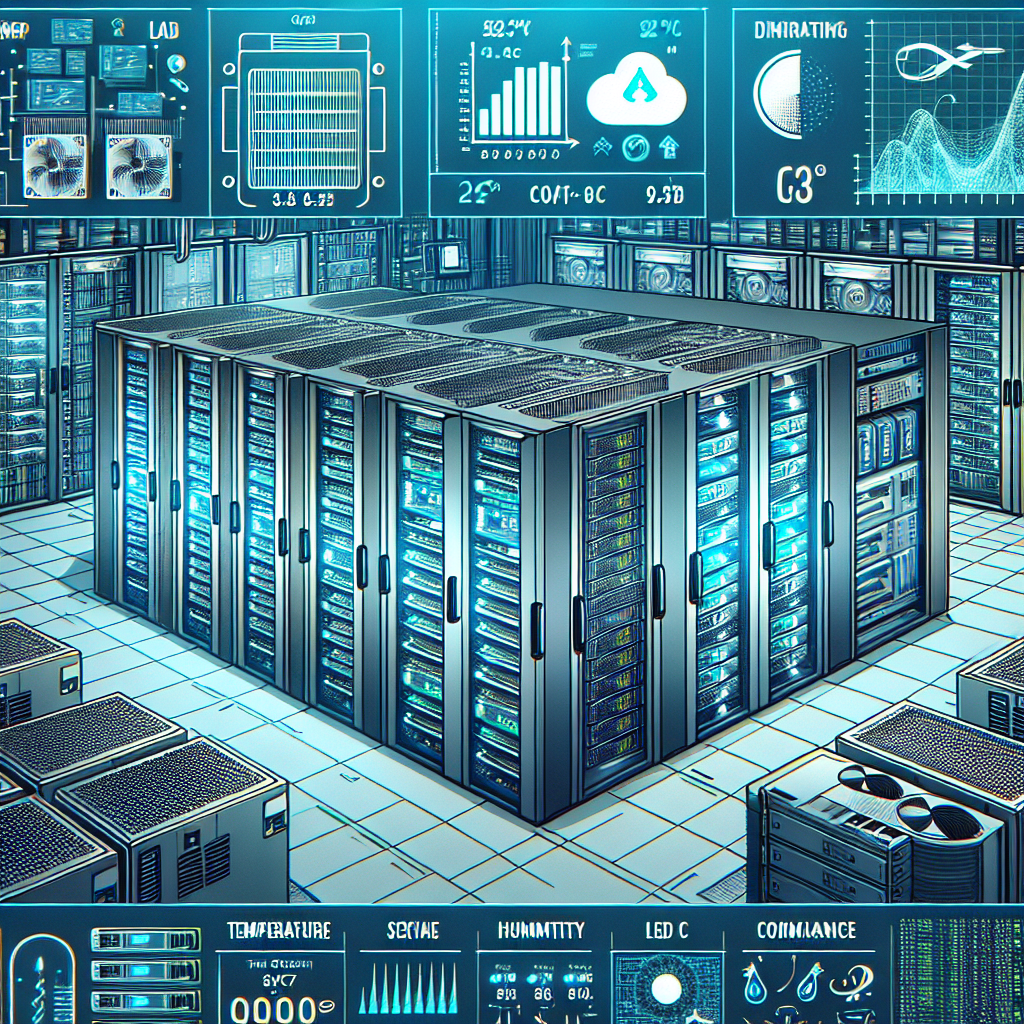Data centers are the backbone of many businesses, serving as the foundation for storing and processing critical information. Ensuring that data centers maintain optimal temperature and humidity levels is essential for their efficient operation and longevity. One of the key components in achieving this is a well-designed and properly maintained HVAC system.
HVAC systems in data centers are responsible for regulating the temperature and humidity levels within the facility. Maintaining the right conditions is crucial to prevent overheating, which can lead to equipment failures and downtime. Additionally, excessive humidity can cause condensation, leading to corrosion and potential damage to sensitive electronic components.
There are several best practices that data center operators can follow to ensure that their HVAC systems are functioning effectively. These include:
1. Regular maintenance: Regular maintenance of HVAC equipment is crucial to ensure that it is operating efficiently. This includes cleaning filters, checking for leaks, and ensuring that all components are functioning properly. Regular inspections can help identify any potential issues before they escalate into larger problems.
2. Proper airflow management: Proper airflow management is essential for maintaining optimal temperature levels within a data center. This includes ensuring that hot air is effectively removed from the facility and cool air is distributed evenly throughout the space. Proper airflow can help prevent hot spots and ensure that equipment is operating at its peak performance.
3. Monitoring temperature and humidity levels: Data center operators should regularly monitor temperature and humidity levels within the facility. This can be done using sensors and monitoring systems that provide real-time data on environmental conditions. By monitoring these levels, operators can quickly identify any deviations from the optimal range and take corrective action.
4. Implementing redundancy: In order to ensure continuous operation, data centers should have redundant HVAC systems in place. This means having backup systems that can take over in the event of a failure in the primary system. Redundancy can help prevent downtime and ensure that data center operations are not disrupted.
5. Utilizing energy-efficient equipment: Energy-efficient HVAC equipment can help reduce energy costs and minimize the environmental impact of data center operations. By investing in energy-efficient systems, data center operators can save on operating expenses while also reducing their carbon footprint.
Maintaining optimal temperature and humidity levels in data centers is essential for their efficient operation and longevity. By following best practices for HVAC system design and maintenance, data center operators can ensure that their facilities are operating at peak performance and are able to meet the demands of their business operations.


Leave a Reply